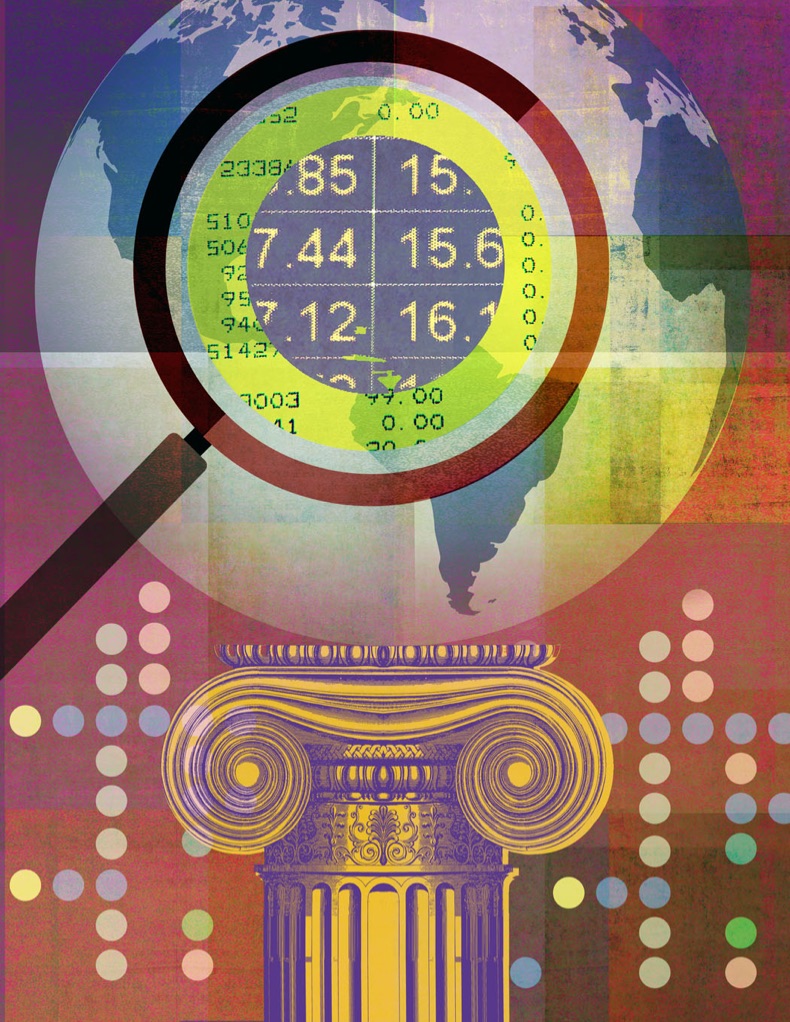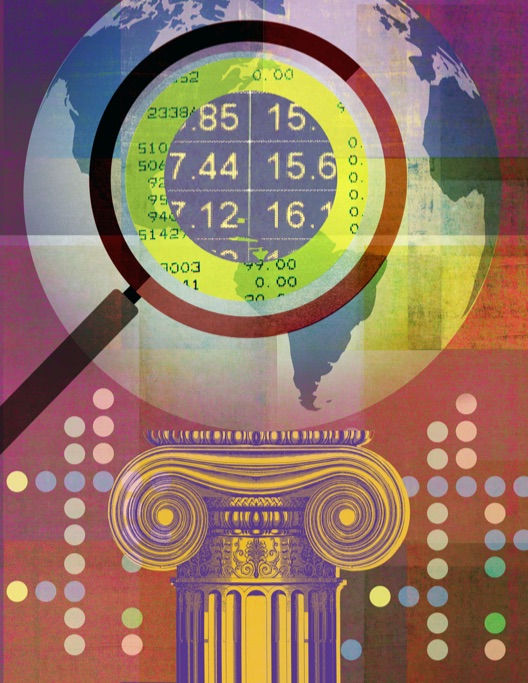Behind The Scenes
Tools for spotting risks
The April 2019 GFSR expands the IMF’s methodology to quantify vulnerabilities in the financial system, so policymakers can monitor them and take preventive steps if needed to mitigate risks. The framework encompasses six sectors: firms, households, governments, banks, insurance companies, and other financial institutions—such as shadow banks.
The framework tracks both the level and the pace of change along a variety of vulnerabilities, including leverage and mismatches in the maturity and liquidity of assets and liabilities, as well as currency mismatches. These vulnerabilities are tracked at regional and global levels, aggregating across 29 systemically important countries.
What types of risks did this framework uncover? In advanced economies, vulnerabilities were detected from rising corporate debt and financial risk taking, coupled with borrowers’ declining creditworthiness. In emerging markets, it was the expansion of benchmark-driven investment inflows, which leaves these countries more vulnerable to sudden reversals of capital flows.



